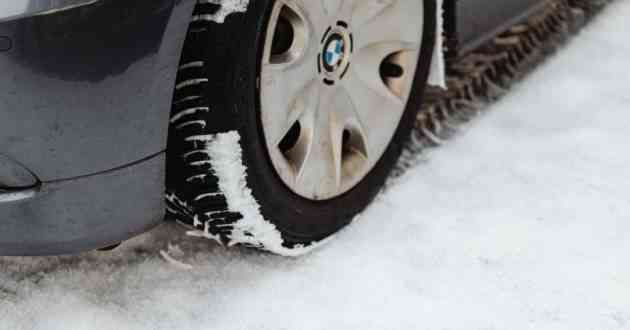Ford Have Donned Their Thinking Caps For This New Product
When it comes to road safety, Ford's prototype SafeCap has the potential to be a lifesaver.
For those of us who spend our days hauling loads from A to B (often via numerous other letters in the alphabet), staying updated on the latest gadgets and apps can help make life on the road a little easier during long periods away from the home fires. These days, we can see our next rest stop, figure out where to fill up with cheap fuel and plan our routes down to the finest detail at the touch of a button. This is all very convenient. However, when something comes along that isn't merely a handy accessory, but that could potentially revolutionise road safety, that's definitely something to tip your cap to.
Introducing the SafeCap
To mark the 60th anniversary of their truck production in Brazil, manufacturing giant Ford unveiled an unusual hi-tech product at South America's largest truck show. The innocuous-looking piece of headwear called the SafeCap, which masquerades as a regular sports cap, was designed to improve road safety for truckers by combating the fatigue of long driving hours.
How Does it Work?
Developed in collaboration with the Brazilian creative agency GTB, the cap is able to sense if the wearer is on the brink of falling asleep, and then uses light, sound and vibrations to wake them up. It's simple, effective and potentially huge in terms of improving road safety in the haulage industry.
In its development stage, researchers studied and mapped the normal range of head motions for lorry drivers, – by checking mirrors or looking at dashboard instruments, for example – and then compared those to the movements that occur when someone is about to fall asleep. The cap is equipped with an on-board gyroscope and accelerometer, which enables it to differentiate between the different movements of the wearer's head. Should it detect the movements associated with sleepiness, it immediately begins to light up, emit a sound and vibrate simultaneously, which alerts the wearer and brings them back to full consciousness.
Excellence in Innovation
The ingenious prototype technology of the SafeCap garnered plenty of interest at the show, with Ford receiving thousands of purchase requests. Unfortunately, the product hasn’t yet reached mass scale production, but Ford is working on finding a partner in order to develop the device further and bring it to market as soon as possible.
However, a life-saving cap is not the only way in which Ford is working to use technology to directly or indirectly improve life for hauliers. Some of the other innovations that they are currently working on include:
•global research into batteries for electric vehicles
•expanding advanced manufacturing capabilities to revolutionise mass production
•developing digital technologies to enhance the driving experience
•sustainable urban mobility in remote rural areas abroad
•the development of vehicle "chimes" to enhance communication with drivers
Caps On for Road Safety
Driver fatigue is one of the main areas of concern for road safety in the haulage industry. While there are stringent guidelines in place, which govern the recording of driving hours and regular rest breaks, there is still more that needs to be done. The sooner innovations such as Ford's SafeCap make their way into the open market, the sooner they can begin saving lives.
Norman Dulwich is a Correspondent for Haulage Exchange, the leading online trade network for the road transport industry. Connecting professionals across the UK and Europe through their website, Haulage Exchange provides a valuable service providing information on topics like road safety and the other latest news from the industry. Matching delivery work with available vehicles, over 4,500 transport exchange businesses are networked together through their website, trading jobs and capacity in a safe 'wholesale' environment.


